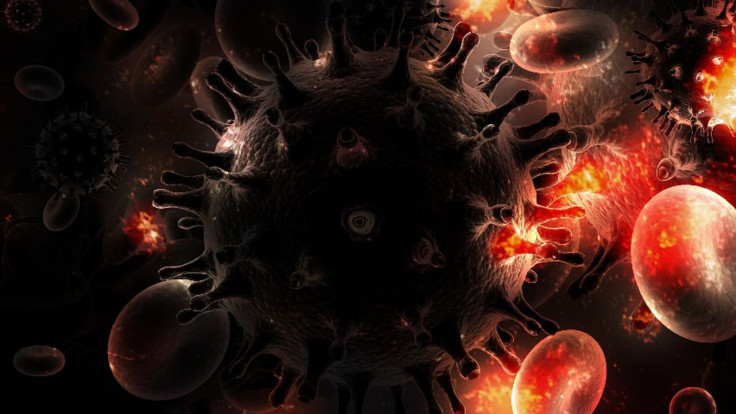CCR5 Gene: Mutation Helps Protect Against HIV But Increases Risk Of Death

People who have a DNA mutation that protects against HIV are in danger of dying sooner, a study suggests. The study focuses on the possibility that tinkering with a gene to try to fix a problem may cause other problems to arise in the process.
The study cited a case of a Chinese researcher who attempted to produce this mutation in twin girls before they were born, in order to reduce their risk for HIV. This researchers work was widely condemned as both risky and unethical, having produced the first ever gene-edited babies.
The senior author of the paper, Rasmus Nielsen of UC Berkeley, stated that the effects of mutations induced should always be considered. He further states that the Chinese researcher's study was flawed as it focused on people in the United Kingdom who may have different genetic backgrounds compared to the Chinese girls. Additionally, these people inherited the specific mutation that his scientist was trying to recreate. In his attempt to recreate this mutation, he failed and now the two girls carry various alterations in the same gene.
The gene that this Chinese researcher was altering is called CCR5. When this gene is working normally, it allows certain cells of the immune system to display a protein on their surface. HIV then uses that protein as a doorway to infect said cells. The mutation, however, prevents that protein from appearing and therefore, reduces the risk of HIV.
While the mutation protects against HIV, it does have its drawbacks. Specifically, a heightened risk of death due to the flu

Rasmus Nielsen and Xinzhu Wei studied past data on around 400,000 people who had signed up between 2006 to 2010 for the UK Biobank. They compared people who carried the mutation in both copies of their CCR5 gene to people who only carried it in one copy or neither. They found that around 4,000 people carried the mutation in both copies of their CCR5 genes and that 151 of them had died. Their study found that people with the mutation in both copies of their CCR5 genes had a mortality rate 21% higher than other participants. Nielsen hypothesizes that the heightened risk of death from flu may play an important role in the cause of death of those with mutations in both copies of the gene.
© Copyright IBTimes 2025. All rights reserved.





















